The Retail Initiative is a year-long project that is central to RMIT’s Associate Degree in Fashion and Textile Merchandising – and it’s helping our students succeed in the industry.
Year after year at RMIT University, fashion merchandising students take their creativity to the shelves of influential Australian retailers, including Target and Country Road.
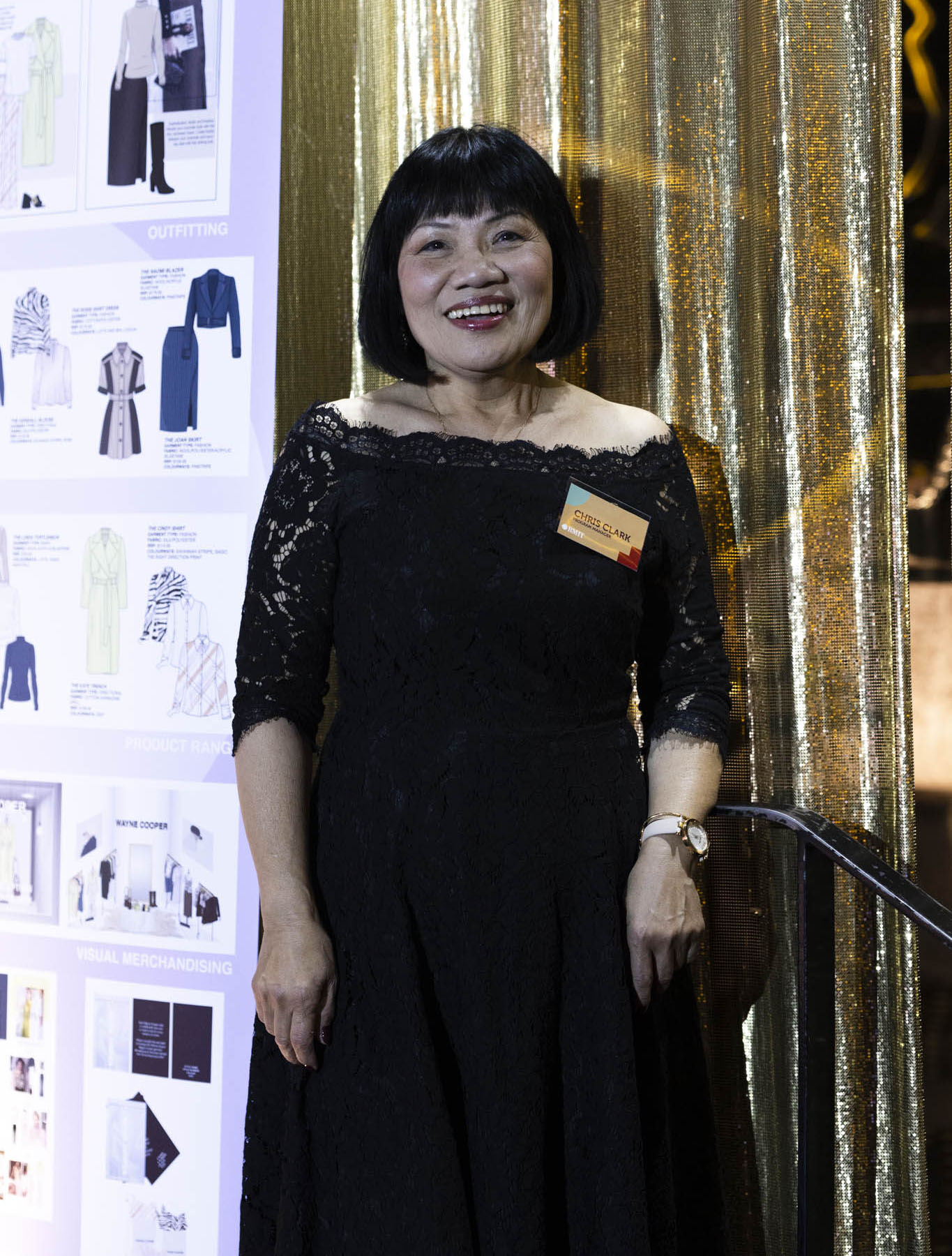 Christine Clark, Program Manager of the Associate Degree in Fashion and Textile Merchandising.
Christine Clark, Program Manager of the Associate Degree in Fashion and Textile Merchandising.
What is The Retail Initiative?
The Retail Initiative (TRI) is a creative partnership between key Australian retailers and RMIT students from the Associate Degree in Fashion and Textile Merchandising.
The project gives hundreds of students each year the tools to explore the future of fashion through market research, trend forecasting, visual merchandising and product design.
Over the year-long project, students are grouped to work with one industry partner, for whom they must plan and design a range of products, including apparel and homewares.
Winning groups may be chosen to have their collection produced by the brand and sold commercially, and many students are also offered continuing roles on the merchandising teams of partner brands.
Industry partners for 2019 included Target for apparel and homewares, Myer (Wayne Cooper), Supre and Country Road for menswear. Previous partners have also included Sportsgirl, Bonds and Calibre.
Phase 1: Research and development
It all begins with a brief from industry partners. This outlines central goals that students must aim to achieve by creating a new range of apparel or homewares.
Christine Clark, Program Manager of the Associate Degree in Fashion and Textile Merchandising, says industry briefs are often designed to encourage experimentation.
“Target is a good example; they were looking for ‘holy grail’ activewear that was good to wear through to the evening.
“The challenge was in creating something that transitions from morning, to afternoon, to evening.”
Amba Barham, a student who received this brief from Target, notes that it wasn’t just a style challenge – it was also a question of sustainability and innovation.
“This particular project got me thinking about the future of the fashion industry,” she says.
After receiving the brief, TRI students must then conduct rigorous market research to inform the design of their collection. This typically involves gathering data through focus groups and online surveys, as well as investigating trends within the fashion and textiles industry.
“Students have to understand the profile of the target consumers,” Clark says.
“The goal of merchandising is to encourage the purchase of more than one item. You want the customer to say, ‘This top looks good – what should I buy to go with it?’
“Students must learn how to achieve this goal by putting together different elements of design and marketing.”
After collecting this imperative market research, students present their findings to a panel of industry partners. This is one of the two industry presentations that students must complete in the year.
Georgia Charalambous, who worked with Barham in one of the Target apparel groups, noted that these industry presentations were the highlight of TRI for her.
“Standing in front of people who are responsible for making very influential decisions for the company is one of the most rewarding experiences.
“I also picked up valuable skills in preparation for this, including organisational skills, efficient problem-solving and communication skills.”
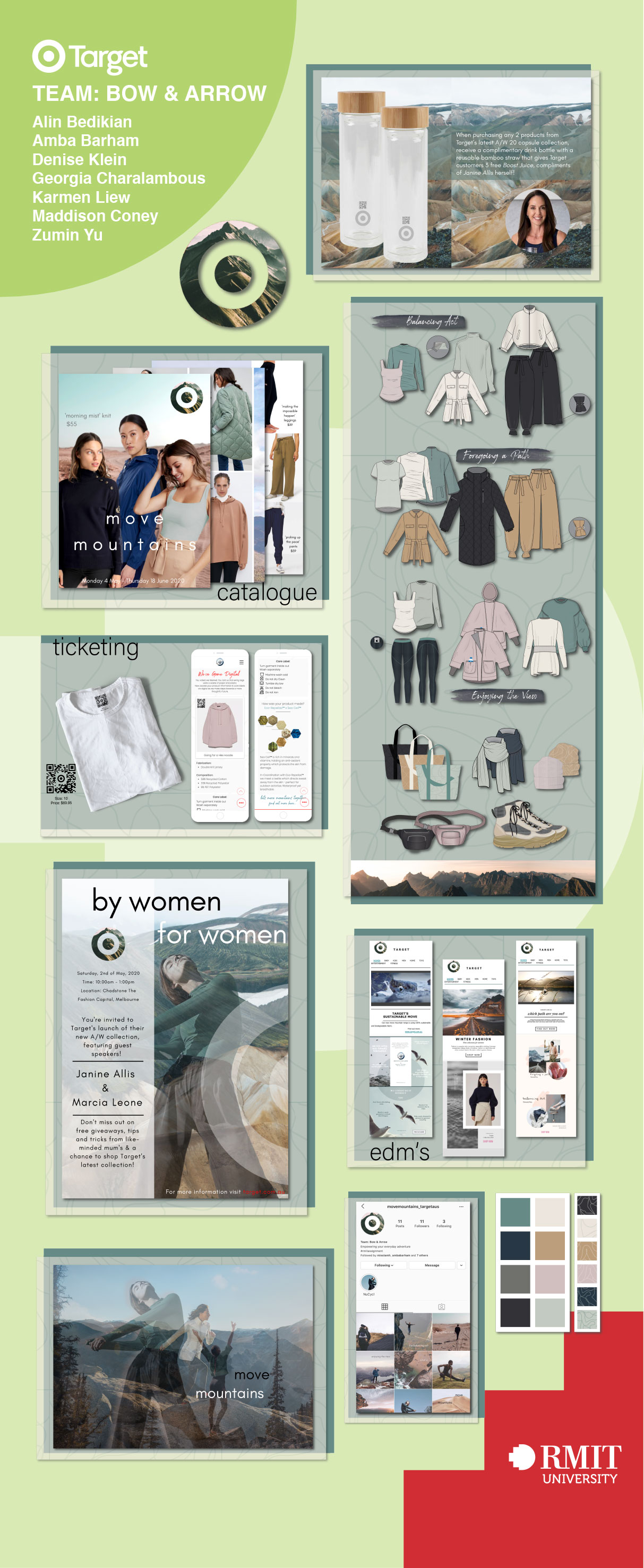 The Target apparel capsule collection created by RMIT students in 2019, including Barham and Charalambous.
The Target apparel capsule collection created by RMIT students in 2019, including Barham and Charalambous.
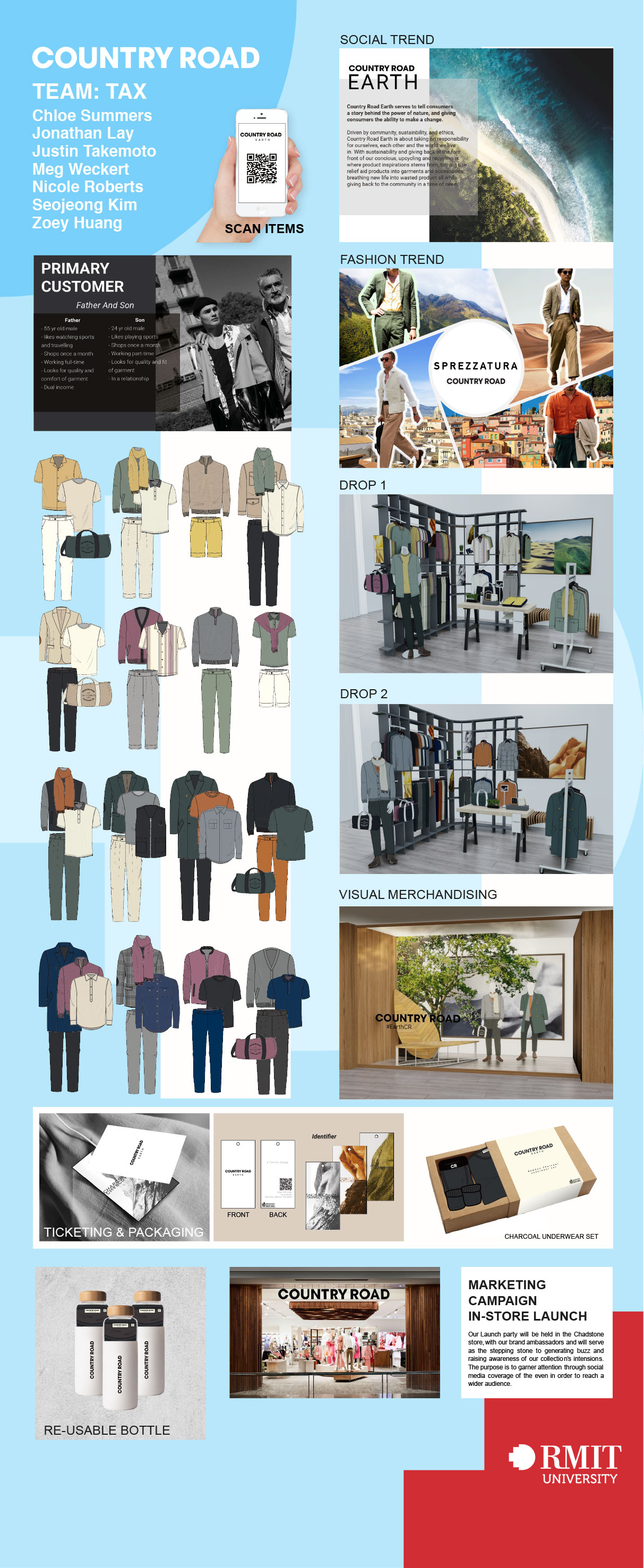 The winning Country Road capsule collection created by RMIT students in 2019.
The winning Country Road capsule collection created by RMIT students in 2019.
Phase 2: Designing the collection
The next phase is all about bringing ideas to life with the design of the capsule collection, utilising state-of-the-art programs and facilities to plan each aspect of their range.
“Students learn to use programs like Adobe Photoshop, Adobe Illustrator and Adobe InDesign to come up with the range. They apply the collection to mood boards, accessories and visual merchandising,” Clark says.
“They will also learn about sourcing, and where to get fabric that fits the design purpose of their project.
“This work is validated by the industry, because Australian retailer products are usually designed here and made overseas, and that’s what our students are learning.”
Nick Paic, a student on one of the Country Road teams, cites the design stage as his personal highlight.
“We designed our garments and drew them with Adobe Illustrator, organised the materials that we would be using, and created our marketing campaigns to coincide with our promotion.
“We gained a strong overall understanding of all the elements required when creating a range, matched with meeting deadlines in a group-based environment.”
Final presentation and awards
After final presentations, industry partners have the difficult task of choosing one winning group to include in their merchandising team, with the potential for the group’s collection to be produced and sold commercially.
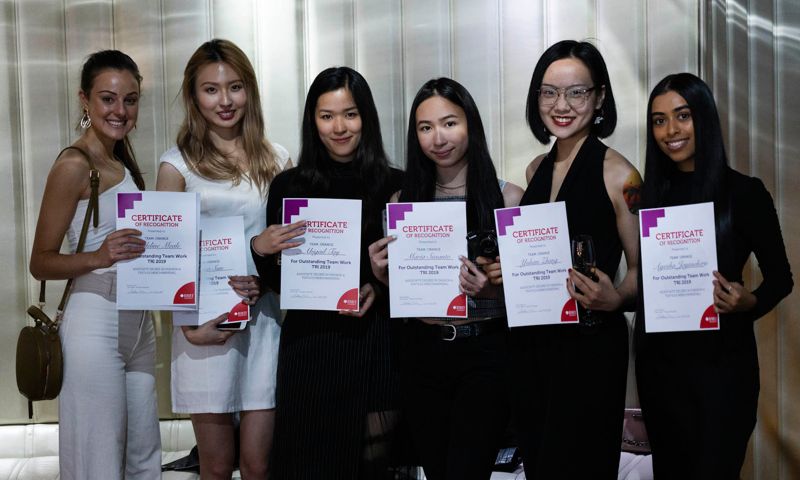
Chris Vogelpoel, Head of Menswear Design at Country Road, explains that choosing a winner for 2019 was heavily debated among his panel.
“The amount of research and effort that the students put into their projects was extremely impressive.
“The team that we picked as the winners were phenomenal. They chose a concept that was very brave and compelling. It broke a lot of rules, but at the same time it was commercial, and that really impressed me.”
Group winners are announced at a glamorous awards ceremony, where student work is displayed and celebrated among industry partners, RMIT program lecturers, esteemed guests and the students themselves.
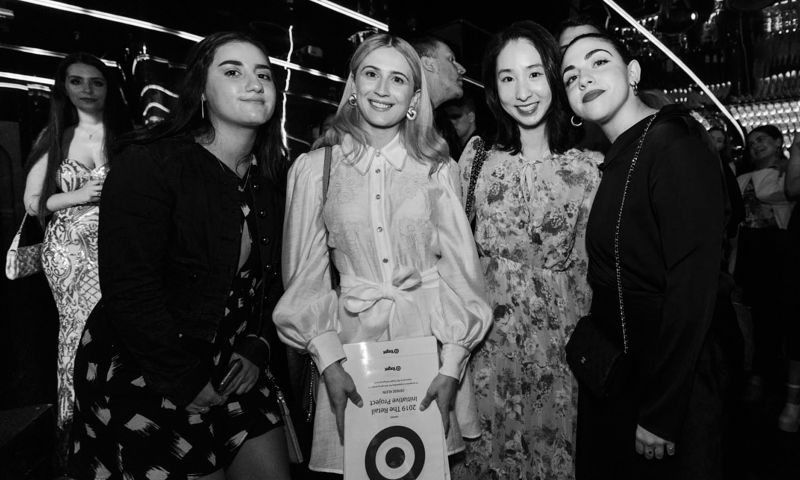
In 2019, students Barham and Charalambous were both on the winning team for Target apparel.
Thrilled and exhilarated on awards night, they reflect that their long hours of preparation and determination have finally paid off.
“At the start of the year I was so determined to get here. I put in 110%, and this award has definitely validated that and made it all worth it,” says Charalambous.
“It’s so nice to be able to stand back now and be proud of our work,” Barham adds.
What’s next…
After TRI, many students are offered continuing roles with their industry partners or other retailers they’ve worked with during their degree.
These roles can vary from product development, to trend forecasting, to inventory allocation – and everything in between.
Leah Summers, Head of Product at Supre, notes that after TRI, RMIT students are well-prepared for a job in merchandising.
“On average, we hire about 12 students a year from RMIT within the Cotton On Group,” she says.
“We’ve actually already taken on someone from the winning team! She’s absolutely smashing it in her role today with us at Supre.”
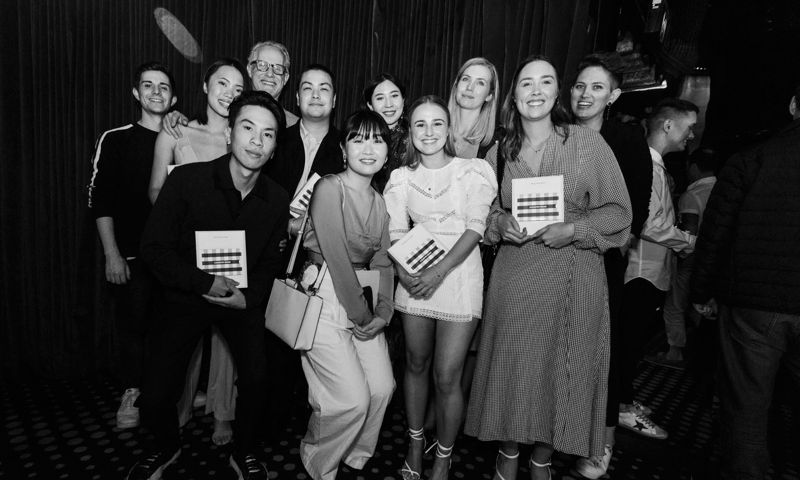
Charalambous, who completed an internship with the Cotton On Group during her degree in 2019, was one of the students to be offered a continuing role at the company upon completing her course.
“I have been offered a job as a product developer at Cotton On. It’s really exciting to be able to go into the industry now and take that next step,” she says.
Her teammate Barham is also preparing to embark on an exciting new opportunity as an intern.
“I am interning as an apparel buyer at Sportsgirl this month and I am looking to pursue a career as a fashion buyer in the very near future.”
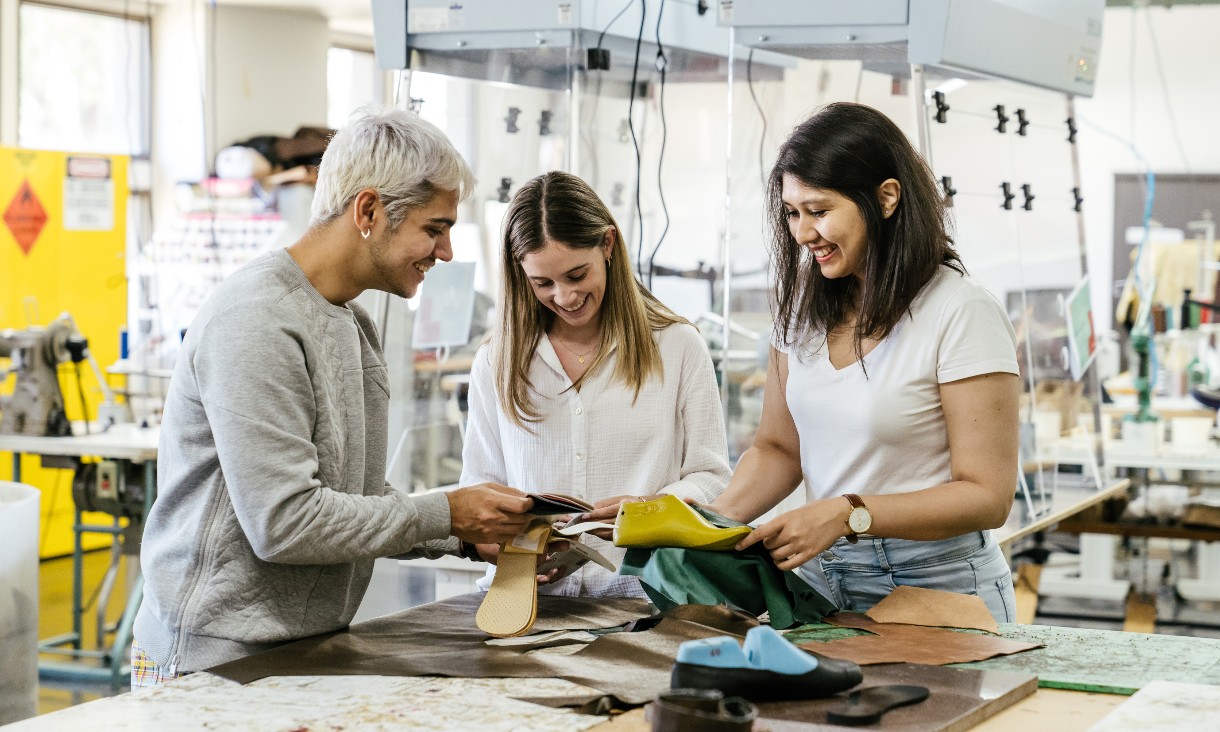 Through TRI, many students are offered continuing roles with partner retailers and are able to begin their careers in retail merchandising.
Through TRI, many students are offered continuing roles with partner retailers and are able to begin their careers in retail merchandising.
Reflecting on her life-changing journey through her Associate Degree and TRI, award-winner Charalambous smiles proudly.
“The Associate Degree in Fashion and Textiles Merchandising has been one of the most rewarding experiences of my life. It’s a fast-paced course that prepares you for a fast-paced industry.
“RMIT’s teachers are second-to-none and support you every step of the way.
“If you’re a creative individual that is eager to approach fashion in a business-minded manner, then this course is for you.”
Story: Pallavi Daniel
Photography: Teresa Truong, Diploma of Photography and Photo Imaging